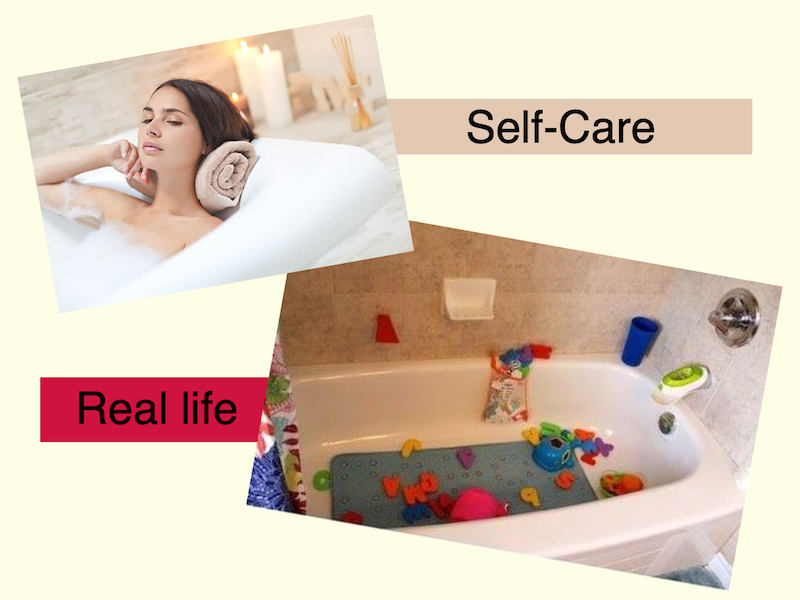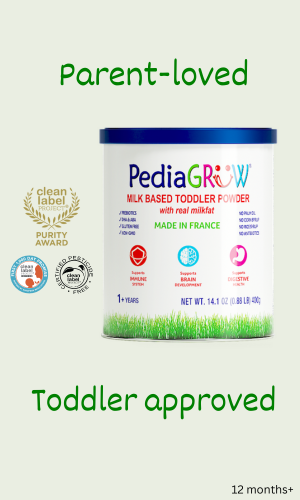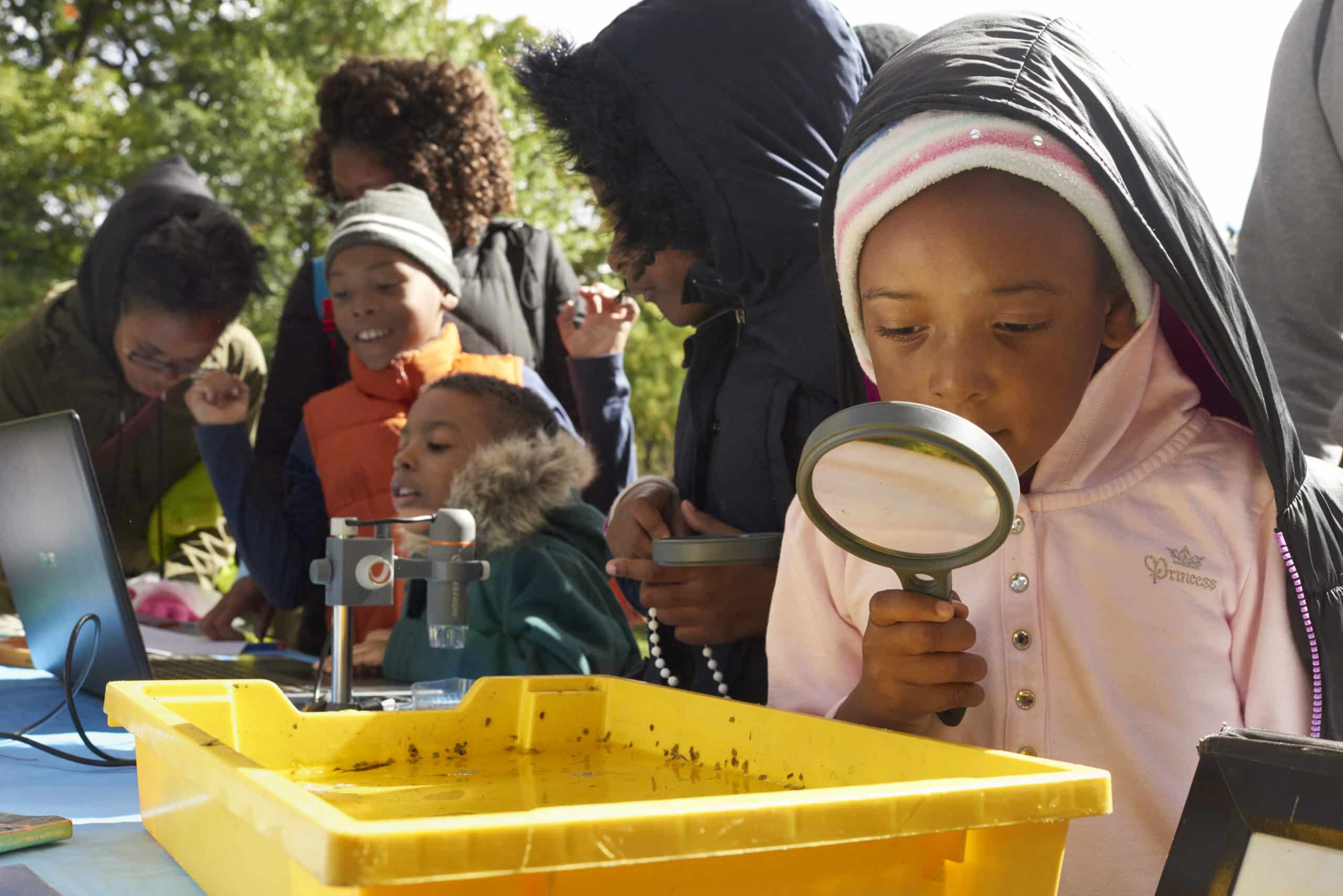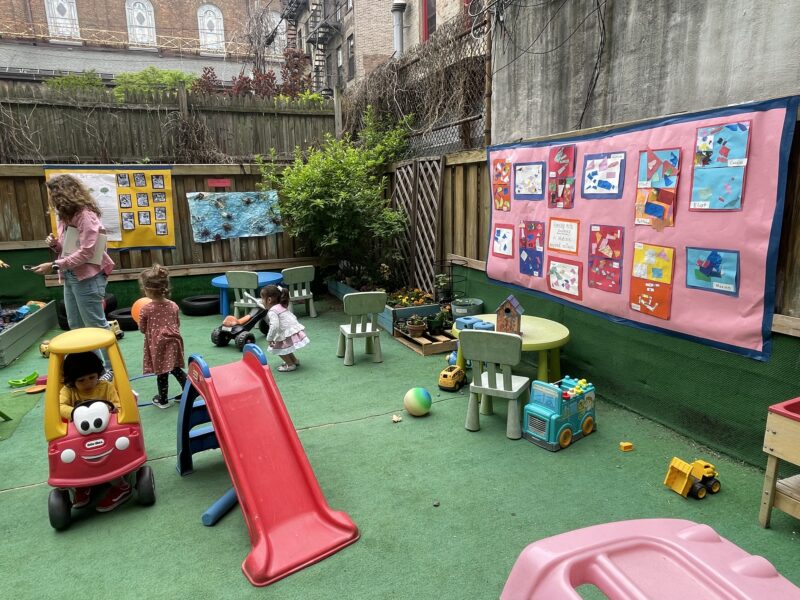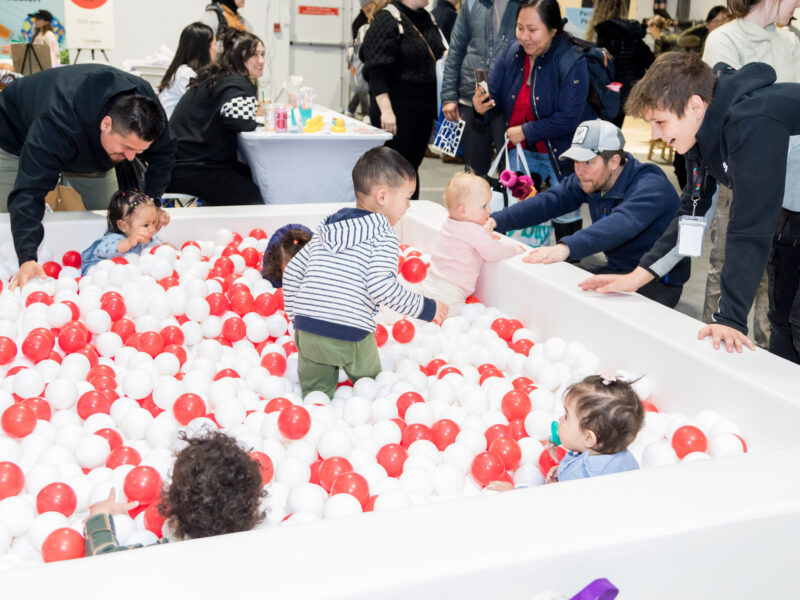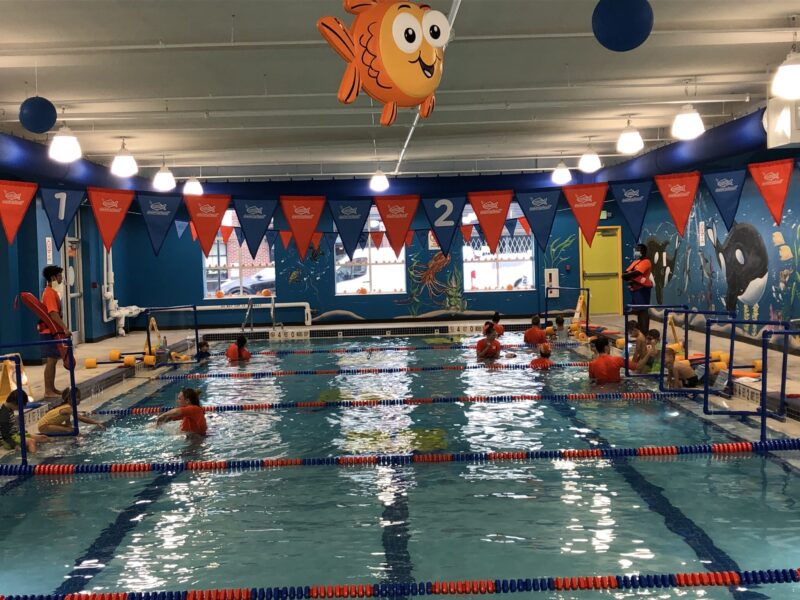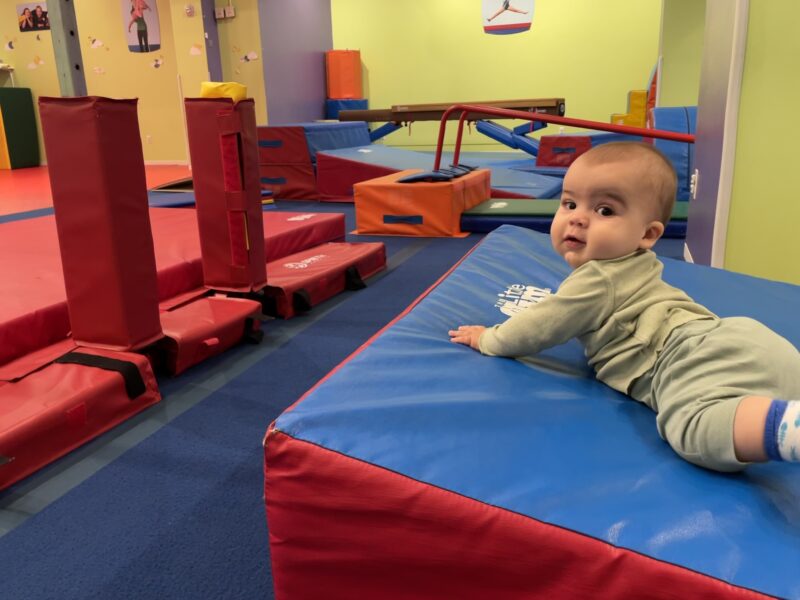If your online life is anything like ours, you just got hit with the 100th article, Instagram post, or podcast this year already filling you in on the importance of “self-care”. As you click in and start reading or listening, all the familiar suggestions show up – have you tried yoga? What about journaling? When’s the last time you walked in the woods, took a bubble bath, spent quality time with friends? You’ve heard it all before, you think to yourself, and it all sounds so simple and straightforward. Right? Why am I not just doing it already? Where will I find the time? Suddenly whatever anxious or depressed feeling had you reaching for a remedy in the first place is now doubled over with worry and self-critique about why something so seemingly easy and wonderful feels so out of reach for you.
Self-care as it is usually prescribed these days is – let’s face it – one more thing to do. An activity as simple as taking a bath actually requires a significant expenditure of time and maybe even energy. For all us parents of young children, when’s the last time your bathtub was acceptably clean and uncluttered when that precious half hour of free time rolled around? Quality time with friends sounds like it should be all warmth and sweetness, but the reality is that relating (and especially quality relating – connected, present, attentive) draws heavily on our time, patience, and focus, and all the more so these days when in-person contact with others is severely limited. If you’re usually running on empty, like modern parents often are, then these never-ending suggestions to do more can be about as helpful for your anxiety as a late night email from your boss.
Building up Internal Resources
We therapists like to use the word “resources” to describe anything that brings balance and ease to your nervous system- that helps you feel calm, open, and ready for life. All of the activities that have become the staples of what we now call self-care are all actually good examples of resources. The challenge is that they are all external resources, they exist outside of your mind and body. That means a few things: (1) They will always require some expenditure of time and/or energy to acquire or maintain, and (2) they are simply not always available when you need them. A hot bath is usually at least 3 hours away when we need it most, and even our closest friends can’t answer every call in time to help us face a difficult moment.
The good news is, there is a whole other repertoire of powerful resources ready and waiting to be tapped – and they live right where you are standing. Our internal resources are not things or activities, but our in-dwelling capacities to soothe ourselves in moments of storm and stress. Every baby is born with the potential for effective self-soothing, but whether that potential develops into a strong and available internal resource depends on a variety of developmental factors, ranging from parenting to bodily health to economic security, etc. What you need to know is that it’s extremely common to reach adulthood without having sufficiently developed the ability to self-soothe, even if you had the most well-meaning parents.
That’s where therapy comes in. Brooklyn Somatic Therapy offers a holistic approach to psychological healing and personal growth that works directly with the mind-body connection. It combines elements of talk therapy and experiential therapy with mindfulness and body-centered awareness practices, granting quicker and more focused access to the core wounds underlying current psychological problems. Rather than merely talking about stress-relief strategies and sending you on your way, our approach enables you to experience in real time how your thoughts and emotions create tension in your mind and body, how they respond to specific triggers in predictable patterns, and how you can activate your internal resources right in the midst of sadness, anxiety, anger or shame.
So what does internal resourcing look like? Because people are so different, internal resourcing is not quite a one-size-fits-all thing. For some folks, it’s working to change the tendency to hyperfocus on physical or emotional pain; for others, it’s learning precisely which body parts tense up in difficult moments and how to intentionally relax them; some develop a repertoire of specific images, phrases, and loving self-touches that bring nourishment to recurring emotional wounds; for still others, it’s simply learning to recognize sooner when their system is begging for a pause and a deep breath.
Just as a child needs an adult to help them learn self-soothing, it’s pretty tough to develop internal resources on your own from a blog or recording. Working with a skilled therapist takes the pressure off of you to identify your most potent resources and figure out how to strengthen them and apply them to your specific issues and needs. So while therapy is another demand on your time, its impact can extend way beyond the one hour a week it requires. Unlike the bathtub, the resources you cultivate in therapy will follow you around and be available when you need them.
For more information or to get in touch with a therapist, visit our website.





